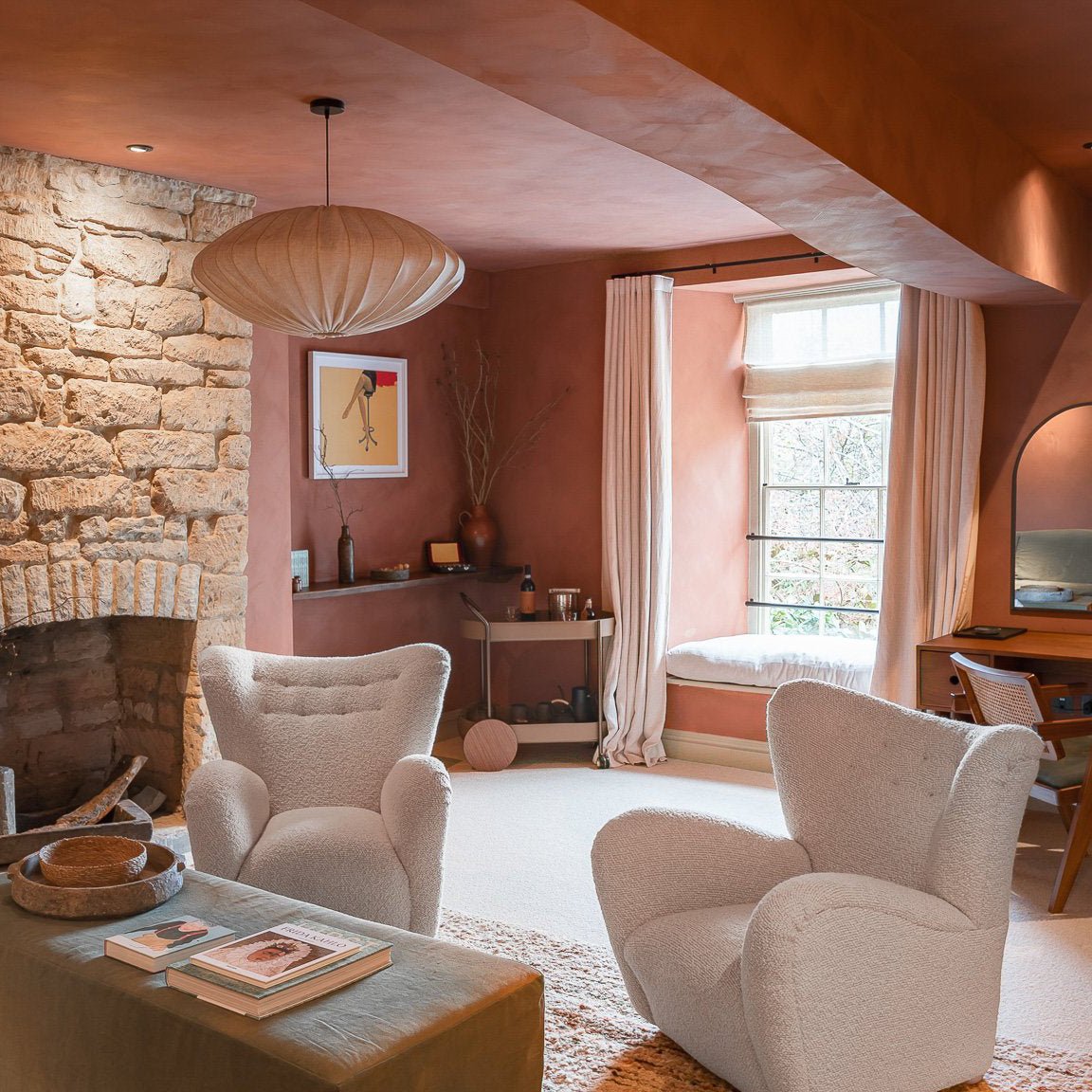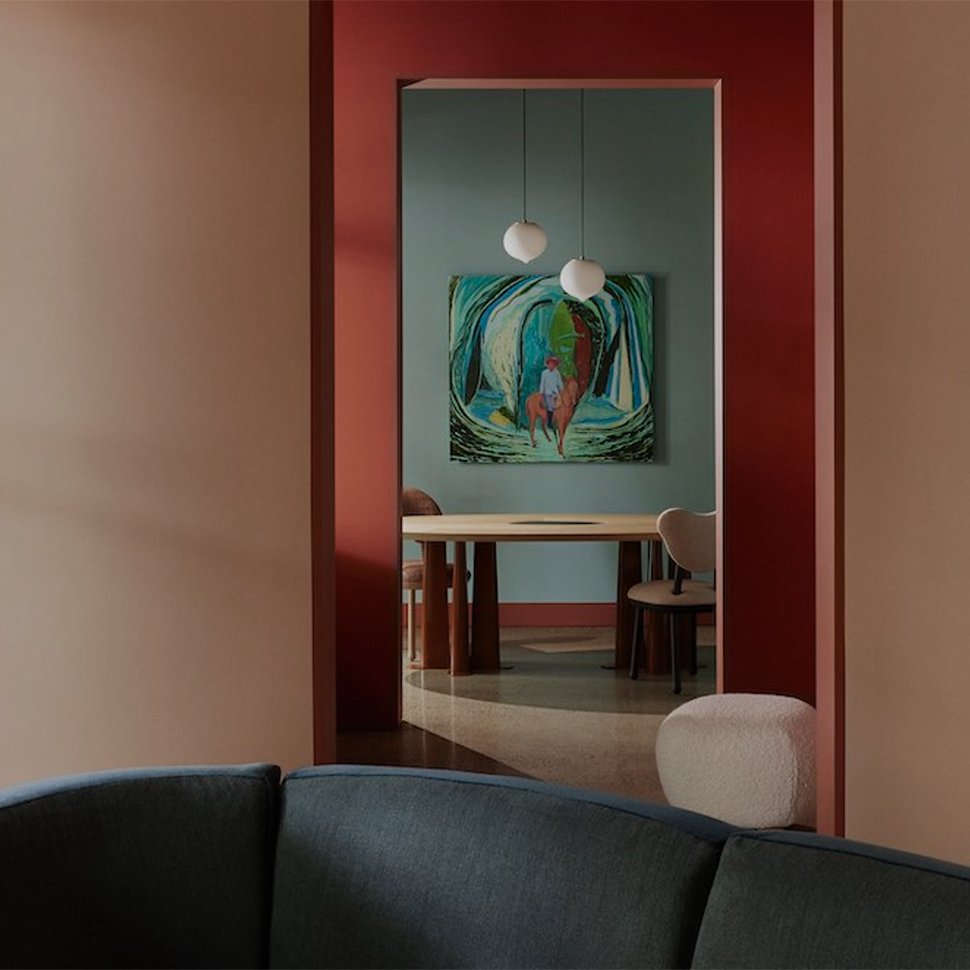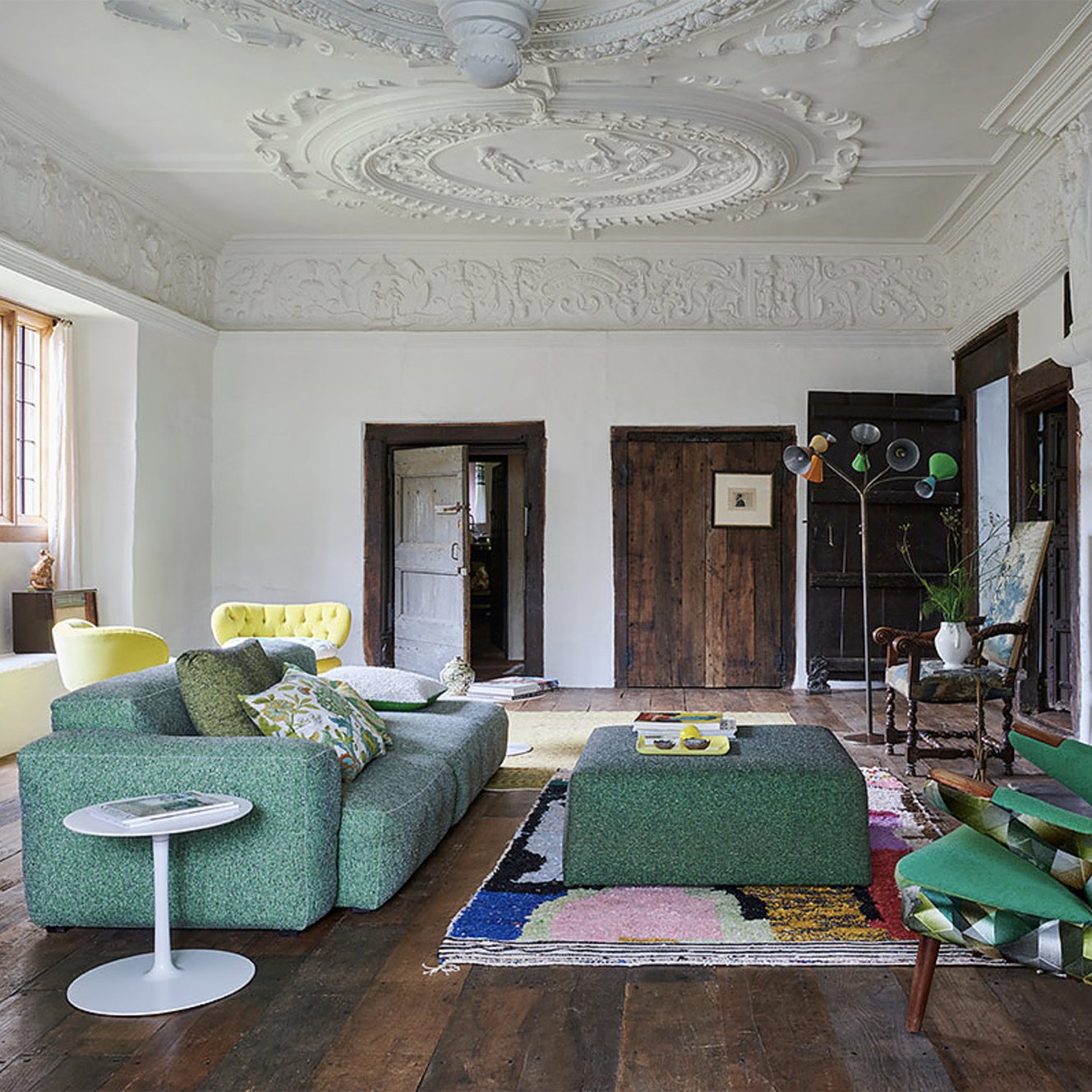MUSINGS, INSPIRATIONS, RECIPES, FEATURES & MORE
LATEST / INTERIORS INSPIRATION / COUNTRY & PERIOD HOUSE GUIDES / MUSINGS / SUSTAINABILITY / FEATURES / HEALTHY LIVING
BREATHING NEW LIFE INTO THE PAST: TRADITIONAL TRADES FOR PERIOD HOUSE RENOVATIONS
Period houses, with their distinctive charm and unique character, hold a special allure for many homeowners. But renovating such properties requires a delicate balance between preserving historical integrity and incorporating modern amenities. Fortunately, a network of skilled artisans and traditional tradespeople exists, dedicated to restoring and enhancing these architectural gems. This guide delves into the essential roles these trades play in period house renovation, equipping you with the knowledge to navigate your project with confidence.

UNDERSTANDING THE PERIOD
Before embarking on your renovation journey, a thorough understanding of your house's architectural period is crucial. This knowledge guides material selection, design decisions, and ultimately, the trades you employ. Common periods in the UK include:
Medieval (1066-1530): Characterised by timber framing, wattle and daub construction, and thatched roofs. Requires specialists in traditional timber framing and natural materials.
Tudor (1485-1603): Features half-timbering, exposed beams, and leaded glass windows. Seek tradespeople skilled in brickwork, timber restoration, and decorative glazing.
Georgian (1714-1830): Known for its symmetrical facades, sash windows, and plasterwork. Engage specialists in sash window restoration, plasterwork repair, and stone masonry.
Victorian (1837-1901): Showcases a variety of styles, from Gothic Revival to Italianate. Look for tradespeople experienced in cast ironwork, stained glass, and decorative tilework.
ESSENTIAL TRADITIONAL TRADES
STRUCTURAL SPECIALISTS
Timber Framers: Possess the expertise to repair, reinforce, or even replace structural timber elements, ensuring the building's stability while maintaining its historical character.
Bricklayers: Masters of brickwork restoration and repair, using traditional techniques and materials to address cracks, repointing, and missing brickwork.
Stone Masons: Skilled in working with natural stone, they handle repairs, cleaning, and restoration of stonework elements like quoins, lintels, and chimneys.
BUILDING ENVELOPE EXPERTS
Roofers: Specialise in traditional roofing materials like slate, clay tiles, and thatched roofs, ensuring weatherproofing and preserving the period aesthetic.
Thatchers: Possess the specialised knowledge and skills to repair, maintain, or replace thatched roofs, a vital aspect of many period houses.
Leadworkers: Experts in working with lead, they handle the repair and restoration of lead roofs, flashings, and decorative details.
INTERIOR SPECIALISTS
Joiners: Skilled in crafting and installing bespoke joinery elements like doors, staircases, and built-in furniture, using traditional techniques and materials.
Plasterers: Masters of traditional lime plastering techniques, responsible for repairing cracks, restoring ornate details, and creating smooth, breathable walls.
Decorative Painters & Gilders: Bring walls, ceilings, and woodwork to life with expert paintwork and gilding, replicating period styles and restoring decorative features.
SPECIALIST SERVICES
Architectural Historian: Provides invaluable insights into the history and architectural significance of your house, guiding renovation decisions and ensuring historical accuracy.
Stained Glass Craftspeople: Repair, restore, or create new stained glass windows, adding a touch of artistry and enhancing the period character.
Blacksmiths: Craft and install bespoke ironwork elements like railings, gates, and decorative features, adding an authentic touch to your period home.
BUILDING A COLLABORATIVE TEAM
Remember, a period house renovation is a collaborative effort. Assemble a team of skilled and passionate individuals, including the architect, structural engineer, quantity surveyor, and each trade specialist. Foster open communication, encourage information sharing, and prioritise collaboration to achieve a cohesive and historically-sensitive outcome.
WORKING WITH TRADITIONAL MATERIALS
Beyond the skilled hands of the tradespeople, the success of a period renovation hinges on a deep understanding of traditional materials. Here are some key points to consider:
Sustainability: Many traditional materials are naturally sustainable, offering longevity and low environmental impact.
Compatibility: Using materials compatible with the original construction ensures their long-term success and avoids potential issues like dampness or structural damage.
Sourcing: Sourcing traditional materials can be a challenge, requiring research and collaboration with specialist suppliers. However, the benefits in terms of authenticity and performance are well worth the effort.
THE IMPORTANCE OF CONSERVATION
When embarking on a period house renovation, it's crucial to prioritise conservation wherever possible. This means:
Repairing over Replacing: Always strive to repair existing elements whenever possible, maintaining the original character and historical value of the house.
Careful Salvage: If replacement is unavoidable, carefully salvage any architectural details or materials that can be reused or repurposed elsewhere in the renovation.
Documentation: Meticulously document the renovation process, including photographs, sketches, and material records, for future reference and to preserve the history of the building.
Renovating a period house is an enriching journey, demanding respect for the past while incorporating modern functionality. By collaborating with skilled traditional tradespeople and prioritising conservation, you can transform your house into a beautiful and functional space that honours its heritage while meeting your contemporary needs. This collaborative effort leaves a legacy for future generations, ensuring these architectural treasures continue to tell their stories for centuries to come.




